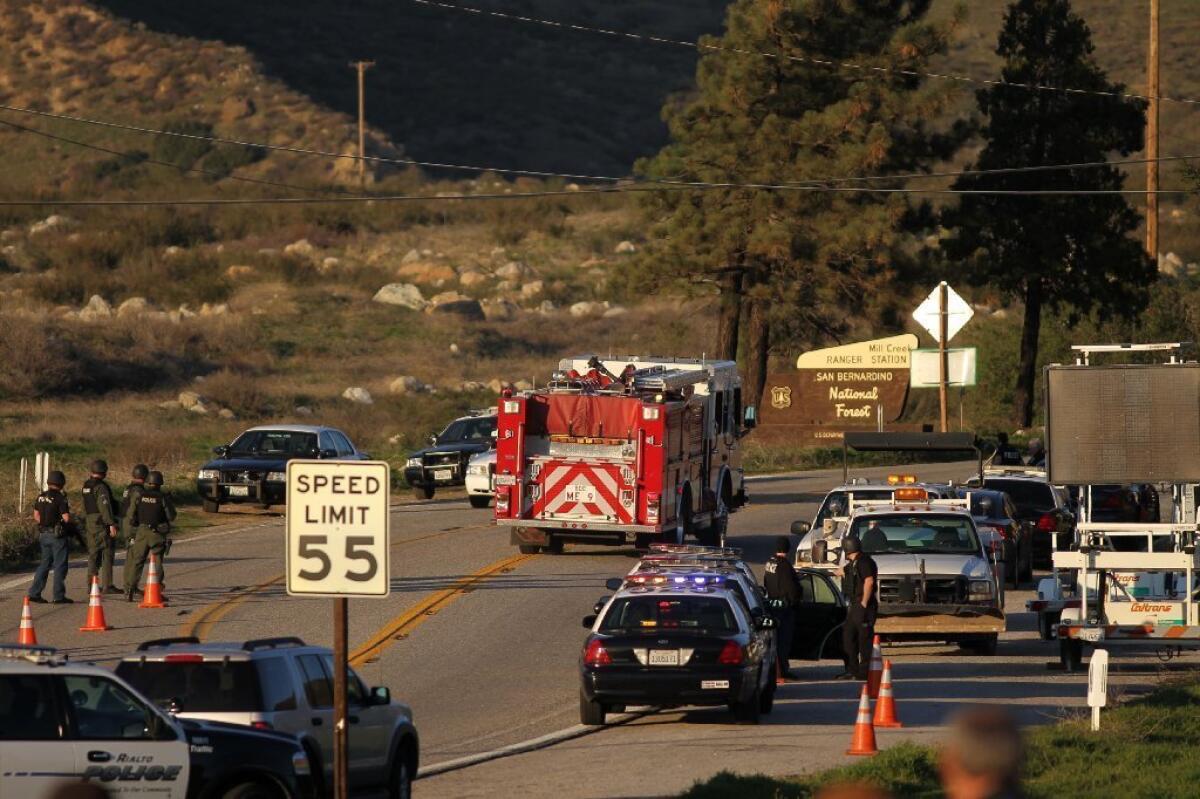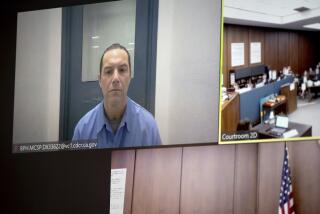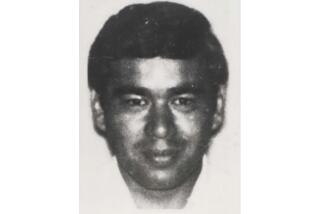Dorner manhunt: ID of remains may rely on dental records, DNA

As SWAT teams apparently had former Los Angeles police officer Christopher Dorner cornered in a burning cabin Tuesday afternoon near Big Bear Lake, speculation that the San Bernardino County coroner might have to identify the fugitive’s charred remains began to grow.
If that does come to pass, said Lt. Fred Corral of the Los Angeles County Department of Coroner, forensics experts will probably depend on dental records or chest X-rays to make a positive identification of any remains.
“That’s what we can do in these circumstances,” Corral said, explaining that typically a coroner will request records from the family of the person who is believed to be the deceased -- in Dorner’s case, officials might also ask the Los Angeles Police Department for medical information, he said -- and will then compare those records with the skeletal remains.
In Los Angeles County, he said, examiners first look at dental records. If those prove not to be useful, they then turn to chest X-rays, analyzing whether the skeleton shares any injuries or other identifying marks with the X-ray record.
Corral speculated that the San Bernardino County coroner may have already accumulated the records they’d need for an ID.
If comparisons with dental records or X-rays fall short, there are other means of making a positive identification, including DNA analysis.
A report published in 2000 in the journal Forensic Science Communications explains how investigators in Malaysia were able to identify 13 victims of a bus crash in Singapore who were “burned beyond recognition.”
Scientists extracted DNA from samples of “liquid blood, bone marrow and tissue” and looked for markers on four specific genes. Then they compared those markers with ones found in DNA obtained from blood samples provided by relatives. Those results, combined with the gender and approximate age of the bodies, allowed investigators to group the 13 victims into six families and then confirm the identity of each one. (Two of the victims had matching DNA results on all four genes, which was in line with reports from the families that two of the victims were identical twins.)
If all else fails -- though it seems extremely unlikely to apply in the current case -- investigators can identify a burn victim by examining the contents of the digestive system of maggots that feed on the body. That worked for Mexican police who had no other way to confirm the identity of a woman who had been abducted and then burned in the woods.
A high school ring found at the scene gave investigators a clue to the victim’s identity. But just to be sure, they analyzed human DNA extracted from the guts of three maggots and confirmed that the victim was a woman. They also compared that DNA to a sample from the victim’s father and concluded with 99.685% certainty that the victim was his daughter, according to this report in the New Scientist.
The investigators published a case report about their work in January in the Journal of Forensic Sciences.
For updates on the Christopher Dorner manhunt, visit the Los Angeles Times’ L.A. Now blog.








